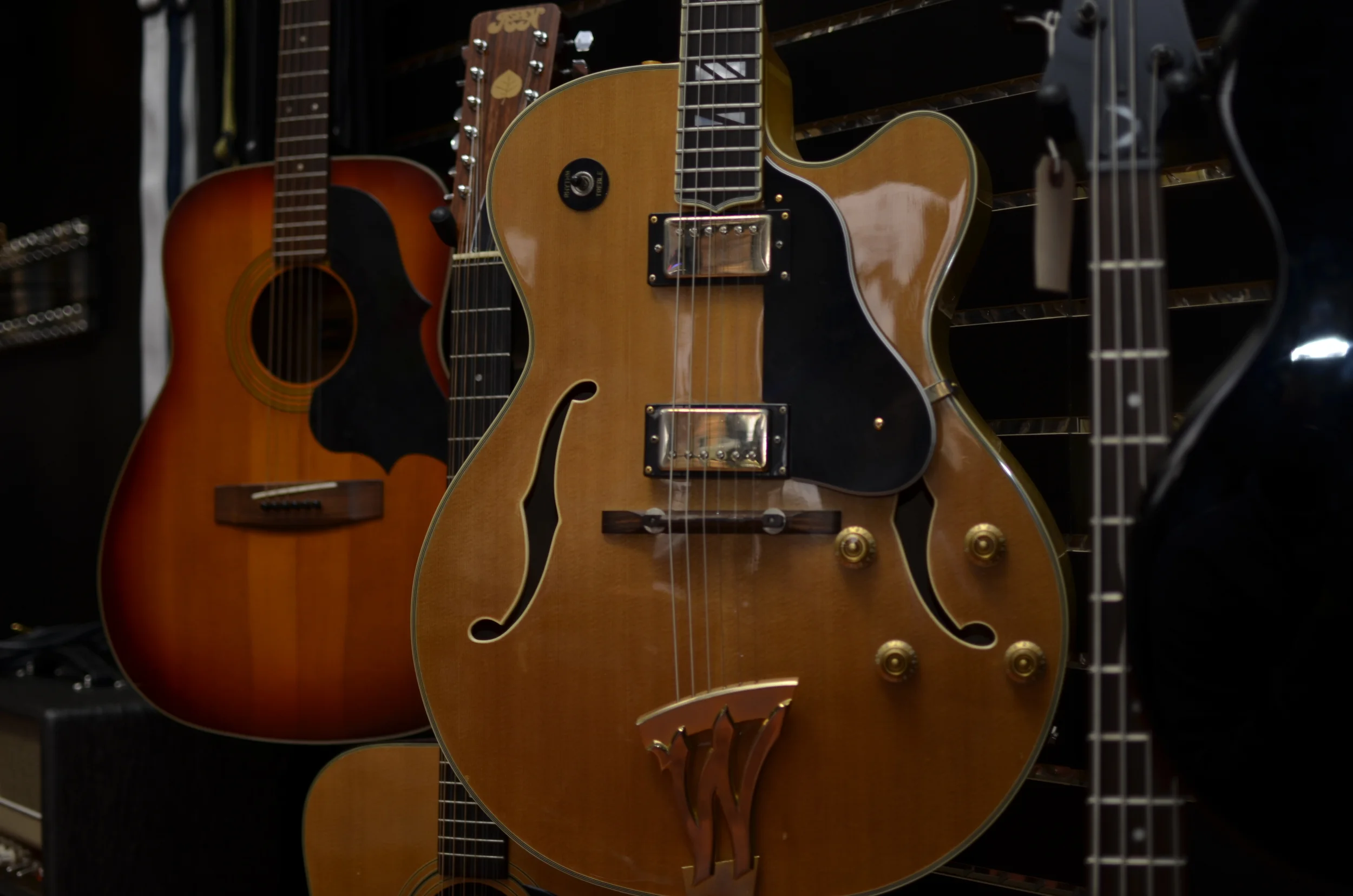Fretboard/Fingerboard oil serves a few purposes.
- Beautifies the wood - A dried out old piece of wood looks sad and neglected. Oiling it up makes it look all shiny and new.
- Protects the wood from shrinking - drying out leads to shrinkage
- Preventing shrinkage eliminates "fret sprout" or sharp fret ends. When the board shrinks inward, the metal fret wire does not. This results in fret ends that stick out and many times hurt to play.
- Prevents cracks - In more extreme cases, sometimes the fretboard will crack down the grain lines. This usually happens after many years of drying and shrinking. Sometimes this is irreversible, and the cracks must be filled.
- Smooths the wood to touch - When your fingertips contact the board, they move smoothly across it. If the wood is dried out, it tends to be a little more "grabby" and can slow your playing.
Oil is used to condition unfinished woods such as rosewood and ebony. If there is paint on the board, do not oil it. Just keep it clean.
Almost all Maple fretboards are painted with a clear-coat finish. In some cases, it's an oil finish. This type of oil is not the same as fretboard conditioner. It is typically a gun stock oil like Tru-Oil. That is a semi-permanent finish and should just be kept clean. If you start wearing through the finish, we can discuss refinishing it. These days it's considered cool to wear out the fretboard finish though. It means you played it a lot, or you paid someone to make it look like you did.
In some cases, such as Rickenbacker, you will find a clear coat finish on woods such as rosewood that most companies would leave bare. If there is paint on it, do not oil it. If you're not sure, come see us.
Q: How often should I condition the fretboard?
- When it appears dry - Obvious one, but if the wood looks a little dry, oil it up
- When changing the strings - Great chance to do it, with the strings out of the way
- At least a couple times a year, just to be safe - If you're the type of person who lets your guitar sit for long periods of time without playing it: You should pull it out and give it some attention once in a while. Clean it, oil it, inspect it. That way when you want to play it again someday, it's ready to go.
Years ago, I ordered one bottle of every type of fretboard conditioner I could find. I used the cheap stuff. I used the super expensive handmade stuff. I used the major brands that we all see regularly. After a lot of searching and testing over the years, I finally found the one I like. Music Nomad F-One Oil. They're somewhat of a newcomer to the market, but they've hit a home run with this product. It's about eight bucks a bottle, so it won't break the bank. The amount you get for that price will last most people for years. We burn through this stuff pretty quickly here at the shop. It's used on every guitar it can be applied to.
It's made of all natural oils. It doesn't smell like machine oil like some of the big guys' stuff. They don't have to add a lemon scent and Yellow #5 to mask the fact that it's just cheap mineral oil, either.
The packaging does a good job of keeping the oil inside the bottle until you want to use it. As with all bottles of oil, however, some care should be taken to make sure it doesn't get on mom's tablecloth. Store it upright after opening and keep it shut tight. It will last you a long time.
We sell this stuff here at the shop. Come pick up a bottle. If you have your guitar setup or restrung by us, this is what we will put on it during the process.




